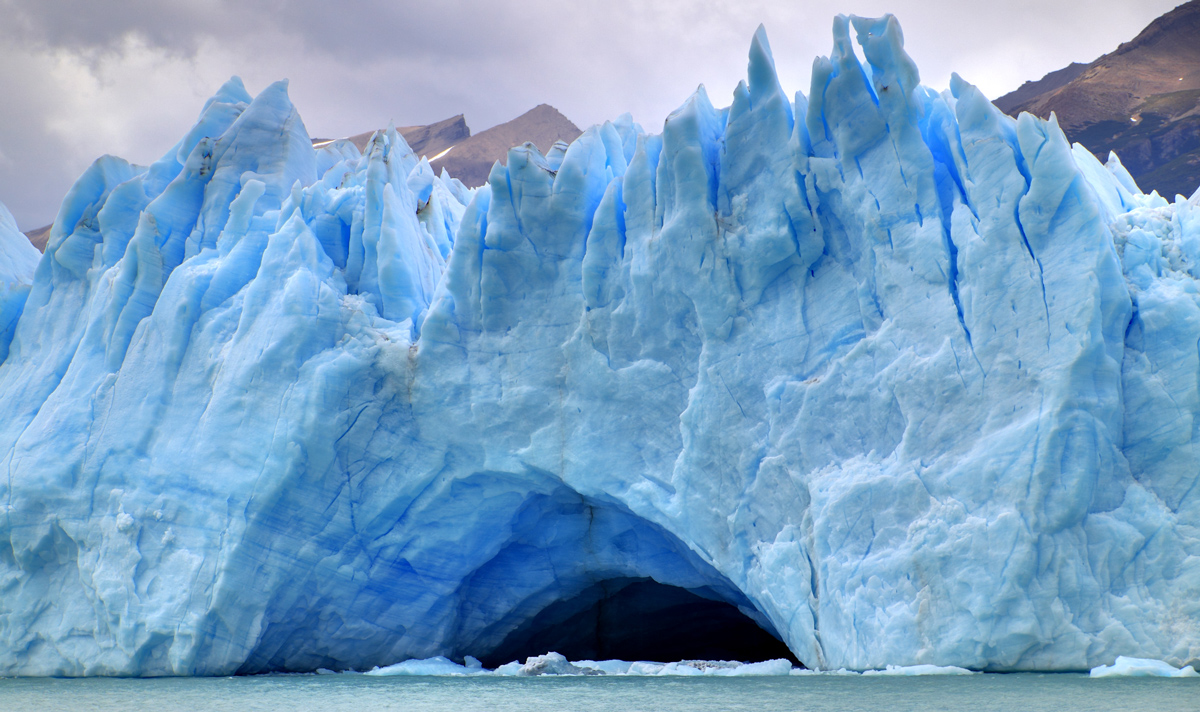Earth may have hosted glaciers as far back as 3 billion years ago, reports a new study published in Geochemical Perspectives Letters. Drawing on multiple lines of evidence from some of the oldest undisturbed rocks on Earth, the study authors said they see evidence for ice sheets during the planet’s ancient Archaean eon similar to those found today in mountain ranges across the world. It is the oldest evidence of glaciers ever discovered.
Signs of these ancient glaciers come from a region called the Pongola Supergroup, which underlies parts of South Africa. There, mining companies drilled boreholes to retrieve rock samples more than 3 kilometers down. Some of these rocks, in addition to others found at the surface, formed around 3 billion years ago and reveal geological features similar to those found in glacial moraines today: chaotically jumbled rocks, finely ground sediments, and even rare dropstones, which melted through the ice.
The conditions of the planet’s climate during the Archaean have been debated for decades.
As far back as the 1990s, researchers proposed that the features in South Africa suggested the presence of ancient glaciers, though their claims were not widely supported. The conditions of the planet’s climate during the Archaean have been debated for decades. Earth’s interior was hotter than it is today, but the Sun’s light was weaker, making it unclear whether our planet was hotter, colder, or about the same as it is today.
With a new line of evidence made possible by more modern techniques, two researchers argue they’ve found proof of glaciers during the Archaean in the Pongola samples, shedding more light on our planet’s early climate. Applying a technique known as triple oxygen isotope analysis revealed strong evidence of near-freezing-cold water interacting with the rocks at that time, said Ilya Bindeman, a stable isotope geochemist at the University of Oregon and study coauthor. That water would likely have melted out of the glaciers, according to Bindeman.
Revealing Ancient Ice
Oxygen comes in three stable isotopes: oxygen-16, oxygen-17, and oxygen-18. Oxygen-17 and -18 are heavier than oxygen-16 because they contain more neutrons. Water molecules containing those isotopes tend to get left behind when water evaporates from the oceans. So clouds, and the rain they create, contain relatively more oxygen-16 than the oceans. The heavier oxygen isotopes that do make it into clouds also fall out as rain more quickly than oxygen-16.
Colder temperatures and low humidity cause precipitation to form that’s relatively rich in the heaviest isotope—oxygen-18—leaving the leftover water vapor enriched in the lighter oxygen. As temperatures fall, precipitation becomes increasingly rich in oxygen-16 compared to oxygen-18, making low levels of oxygen-18 a good proxy for cold temperatures.
Using a mass spectrometer, Bindeman and coauthor Axel Hofmann, a geologist at the University of Johannesburg in South Africa, measured the ratios of oxygen isotopes in shales and diamictites from samples taken from the Pongola Supergroup dated to 2.9 billion years old. These minerals formed when water interacted with existing rocks, causing reactions that chemically bound oxygen into the rocks.
Analyzing those oxygen atoms 3 billion years later, the researchers found levels of oxygen-18 that are as much as 2.8% lower than those found in standard ocean water, indicating the rocks interacted with water that formed in cold conditions, like that found melting from ice. Together with the existing signs of glacial moraines found in the rock strata, the oxygen data are evidence of glaciers during the Archaean.
An Earth Like Our Own
The researchers’ work is persuasive, said Daniel Ibarra, a biogeochemist and paleoclimatologist at Brown University in Providence, R.I., who wasn’t involved with the paper.
Excluding those found in Antarctica, the Pongola oxygen-18 values “would be some of the highest elevations [found on Earth today] like Tibet or the peaks of the Rocky Mountains,” he said. Their data suggest “that it was relatively cold and, likely, if that was the case, there probably would have been ice sheets of some sort.”
Bindeman said their findings point to an Archaean period that may have looked familiar to us.
“I think it opens the idea of finding more climate shifts throughout Earth’s history.”
“The conditions of early Earth were likely similar to today,” he said. Running water and similar ocean temperatures existed, he explained. “The conditions were not extreme 2.9 billion [years ago].”
That doesn’t necessarily mean the Earth of 3 billion years ago was host to the same massive ice sheets that cover the poles today—a legacy of a colder era of our planet’s history.
The finding is also a reminder that Earth’s climate has likely undergone significant swings between warmer and colder conditions throughout the planet’s history, said Jordan Wostbrock, a geochemist at Yale University not associated with the paper.
“That’s an interesting thought, that we’ve been having these climate cycles for a long time,” she said. “I think it opens the idea of finding more climate shifts throughout Earth’s history.”
—Nathaniel Scharping (@nathanielscharp), Science Writer

